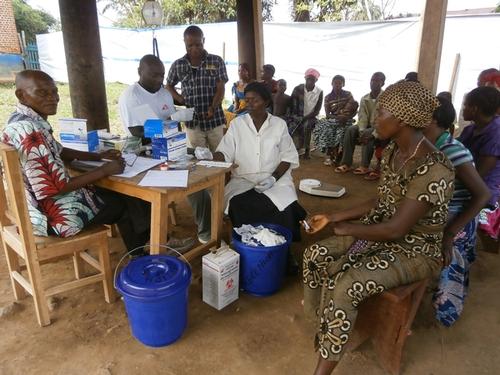This article was first published in the Journal PLOS One.
Background
Atypical environmental conditions with drought followed by heavy rainfall and flooding in arid areas in sub-Saharan Africa can lead to explosive epidemics of malaria, which might be prevented through timely vector-control interventions.
Objectives
Wajir County in Northeast Kenya is classified as having seasonal malaria transmission. The aim of this study was to describe in Wajir town the environmental conditions, the scope and timing of vector-control interventions and the associated resulting burden of malaria at two time periods (1996–1998 and 2005–2007).
Methods
This is a cross-sectional descriptive and ecological study using data collected for routine program monitoring and evaluation.
Results
In both time periods, there were atypical environmental conditions with drought and malnutrition followed by massive monthly rainfall resulting in flooding and animal/human Rift Valley Fever. In 1998, this was associated with a large and explosive malaria epidemic (weekly incidence rates peaking at 54/1,000 population/week) with vector-control interventions starting over six months after the massive rainfall and when the malaria epidemic was abating. In 2007, vector-control interventions started sooner within about three months after the massive rainfall and no malaria epidemic was recorded with weekly malaria incidence rates never exceeding 0.5 per 1,000 population per week.
Discussion and Conclusion
Did timely vector-control interventions in Wajir town prevent a malaria epidemic? In 2007, the neighbouring county of Garissa experienced similar climatic events as Wajir, but vector-control interventions started six months after the heavy un-seasonal rainfall and large scale flooding resulted in a malaria epidemic with monthly incidence rates peaking at 40/1,000 population. In conclusion, this study suggests that atypical environmental conditions can herald a malaria outbreak in certain settings. In turn, this should alert responsible stakeholders about the need to act rapidly and preemptively with appropriate and wide-scale vector-control interventions to mitigate the risk.
Authors
Peter Maes, Anthony D. Harries, Rafael Van den Bergh, Abdisalan Noor, Robert W. Snow, Katherine Tayler-Smith, Sven Gudmund Hinderaker,Rony Zachariah, Richard Allan




